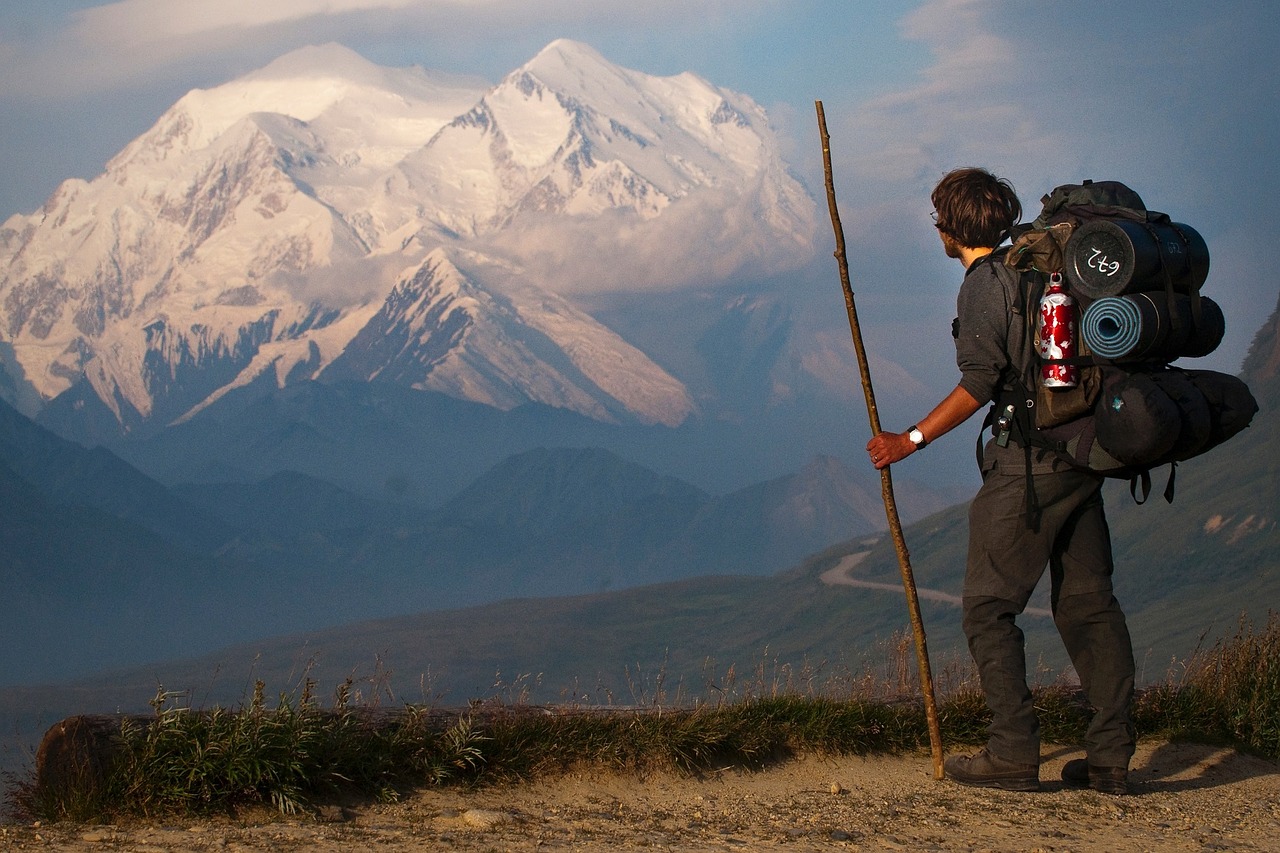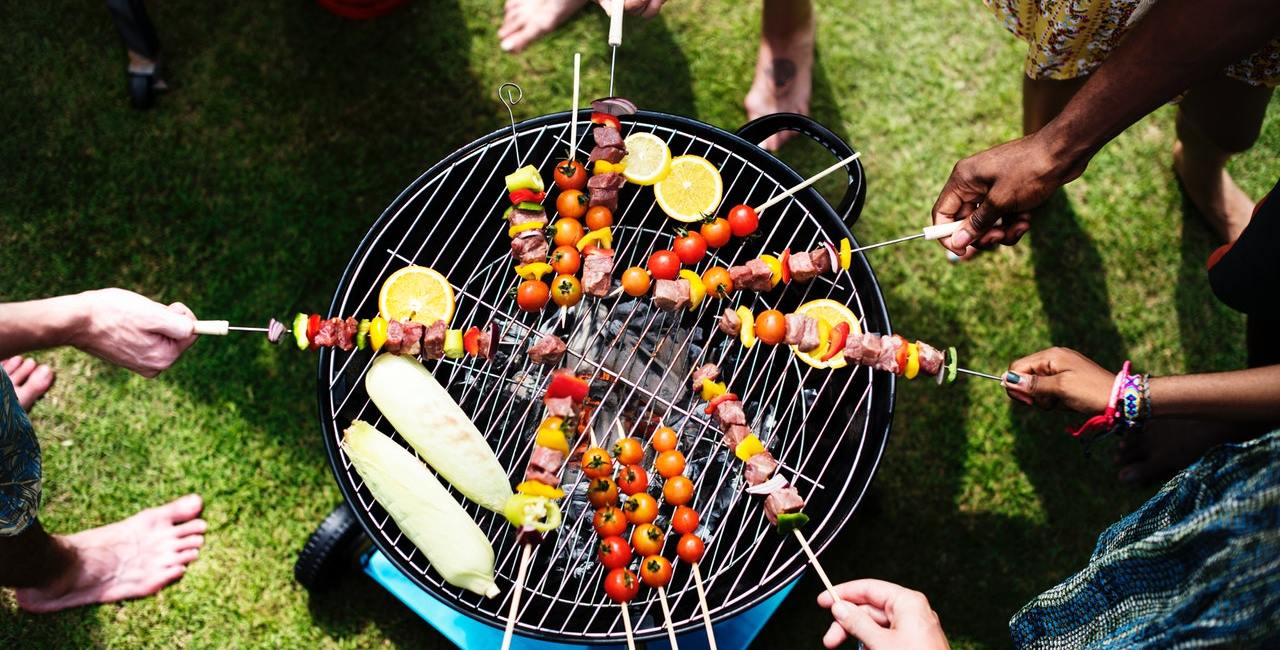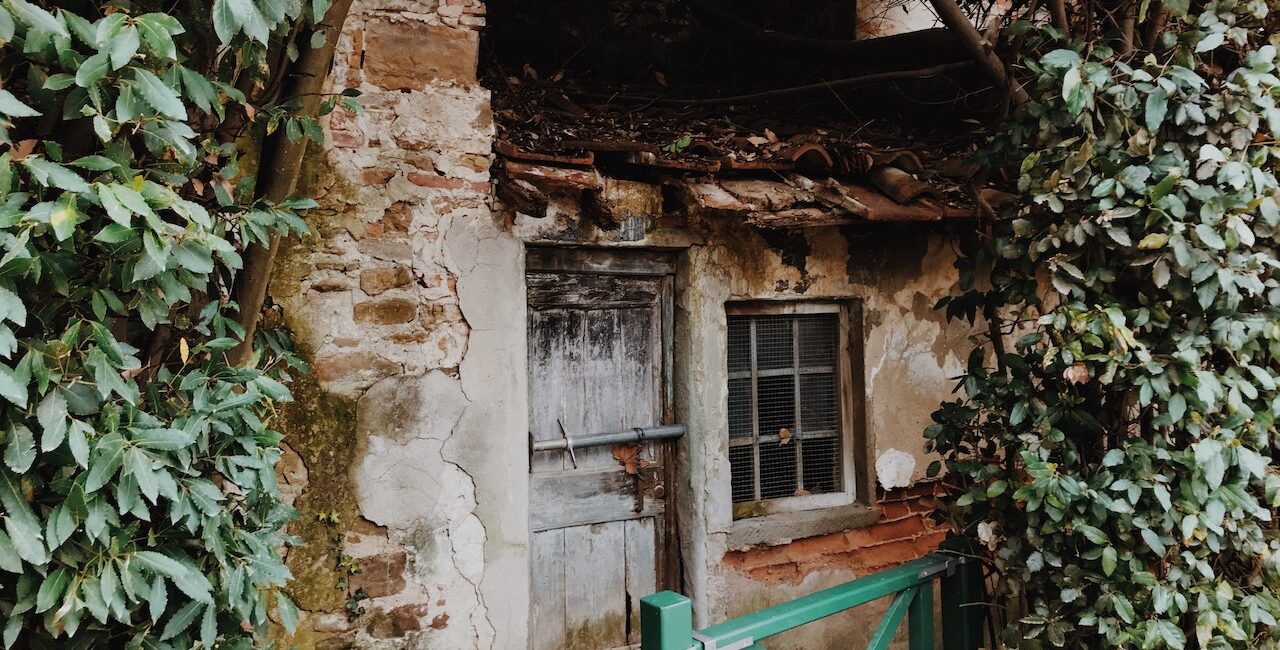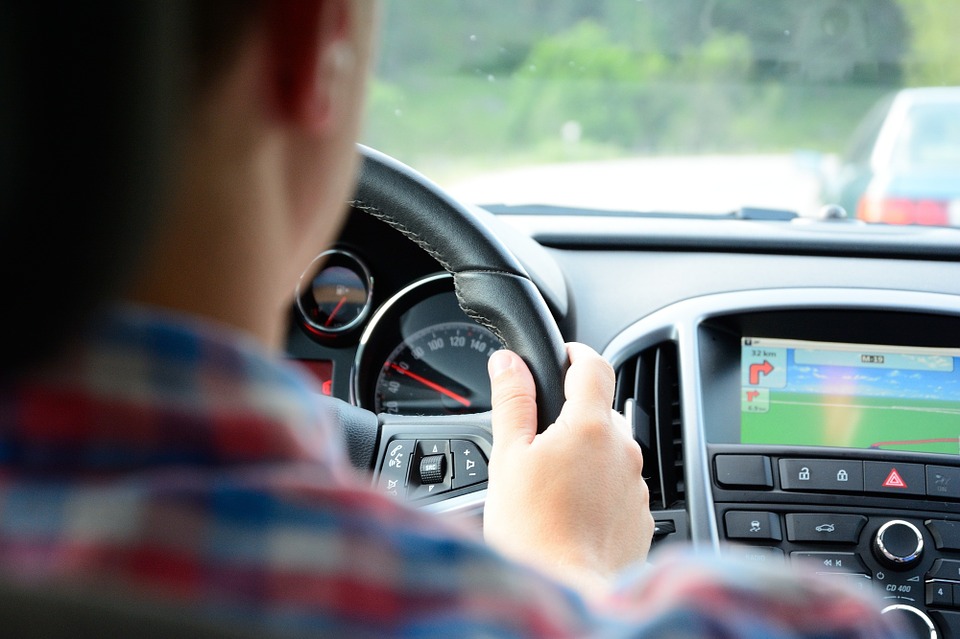Staying healthy and active when you’re 50 and over can sometimes be a challenge. However, once you find something you enjoy this becomes considerably easier.
Although Hiking is popular amongst adrenaline thirsty youngsters, it can also be a great activity for the mature population. Across the globe there are vast amounts of hiking trails which vary in difficulty, length and the time it takes to complete them. Despite being exercise, hiking can be a very entertaining activity, it has great health benefits and will allow you to enjoy that impressive scenery.
Hiking requires preparation despite the difficulty levels on your local trails. Below we have prepared a list of things you should consider before leaving the house for a beginners half-a-day hike when you are in your 50 or older.
Appropriate hiking boots
Avoid injuries by using appropriate gear. As a beginner you will be using the hiking trails near you, therefore it is important to research the environments and landscapes around you.
If you live surrounded by very specific landscapes, like dry or damp woods, swampy or rocky areas, you will need to use specialised hiking shoes to avoid injuries, slips and falls.
Weather & appropriate clothing
Research the weather conditions when planning a hike. Sometimes this is not as easy as watching your local weather channel. If you are going on a hike in a mountainous area you need to remember that sudden weather changes can be very common in these landscapes. Appropriate layers of clothing will need to be worn.
Always remember appropriate head covers. Although it is lovely when sunny outside preventing sun strokes on hikes is very important. Once you are on the hill or mid-way through your trail there is a very small chance that healthcare professionals will you reach you on time if anything happens.
Walking Poles
Using walking poles, otherwise known as Nordic walking poles, is a popular activity on its own and using them for hikes is very beneficial. They are lightweight and strong, thus when faced with a sudden incline on a tiring route you will have something to rely on.
It might be a good idea to use these poles for some extra support when hiking on wild trails. Wild trails, in particular, have difficult terrains which are sometimes are hard to overcome and here extra support will help you avoid any accidents.
First Aid
On a hiking trip your backpack is going to be your best friend. Do not forget to include your first aid kit. Include some anti-bacterial wipes to your first aid kit. They will help you stay healthy and avoid catching diseases or infections.
However, if you do need to either use the public facilities, or any other surfaces, use hard surface bactericidal wipes like Azo Wipes.
Hiking trips are not physically demanding however, one can still be faced with some injuries. Cuts are one of the most common of these. Be prepared and make sure you take only the most effective antimicrobial wipes like Clinell Universal Wipes to sanitise any wounds.
Water
Nobody can stress enough the importance of a sufficient water supply when hiking. With this in mind important things to consider are the amount of people which are going to hike and the estimated time you are likely to spend without a fresh water supply. Calculate the amount of water required and try to over-compensate if you can. Sometimes you or your hiking buddies might be faced with difficult and unpredictable situations where water might be required for washing, cooling down or other non-drink first aids.
Snacks
Always remember to pack snacks! If you are planning to spend a day on the trail pick some different foods, not just apples. Try to include a variety of nutritious products which will not spoil quickly.
Pay attention to weather conditions when packing food. You might not want to take any milk products if you are going for a warmer or even a desert hike.
Remembering these easy steps will allow you to enjoy your active lifestyle for longer and avoid any major injuries whilst hiking!









